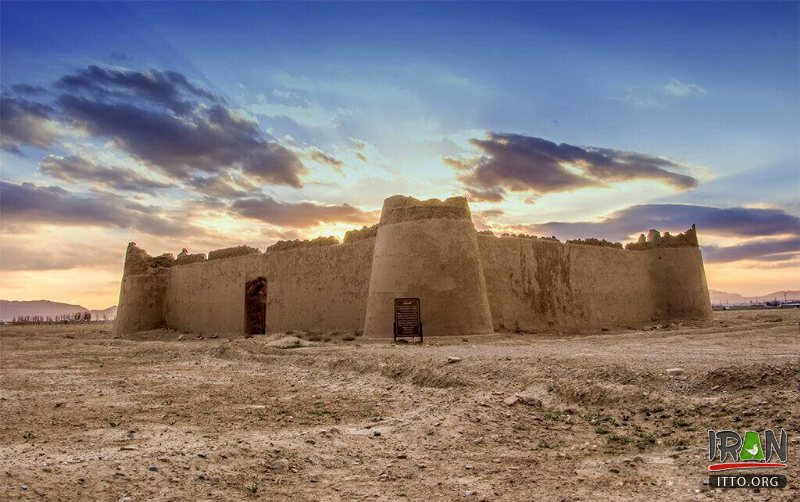Iran’s tourism chief has said the country is developing a dossier for its historical castles and fortresses for a possible inscription on the UNESCO World Heritage list.
Cultural Heritage, Handicrafts and Tourism Organization Director Ali-Asghar Mounesan made the remarks on Monday during his visit to Alamout castle in Qazvin province.
“Dossier on Alamout castle altogether with a series of other forts and castles are being developed to be registered on the UNESCO [World Heritage] list and necessary steps are being taken in this regard,” Mounesan said.
Also known as the castle of the Assassins, the 12th-century Alamout structure is nested on top of a peak. It was once a shelter for the followers of Hasan-e Sabbah (1070–1124) who was a spiritual leader of an Islamic sect.
In early 1930s, British-Italian explorer and travel writer Freya Stark described her exploration of the place in her book “The Valleys of the Assassins”.
Hassan Sabah’s castle has been located in northeastern side of Gazor Khan Village in the environs of Mo’alem Kalayeh, from the environs of Roudbar of Alamout. The relics of castle stand on the cliff of Kanglou-Marazi along with valleys and horrible precipices.
According to the tentative list of UNESCO, the relics of walls, towers and lookout posts of the Alamout castle have been made of stones with gypsum as binding material. The castle is ten thousand square meter in area. The requisite buildings have been constructed on different levels of the steep cliff. All levels and steep places have been optimally utilized.



